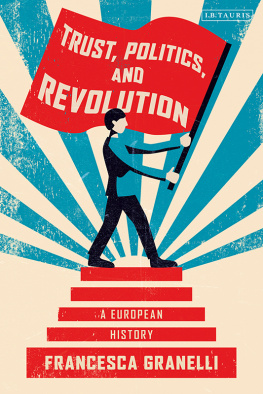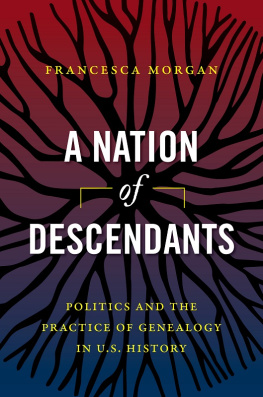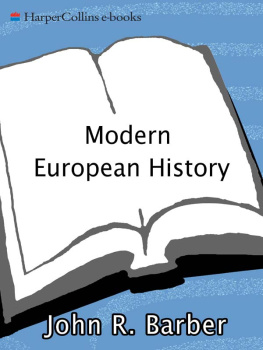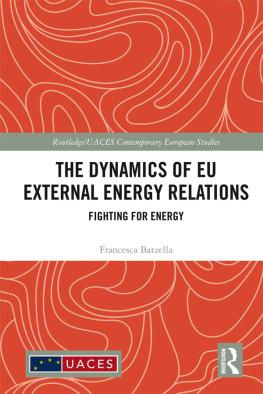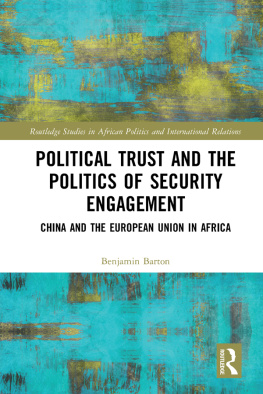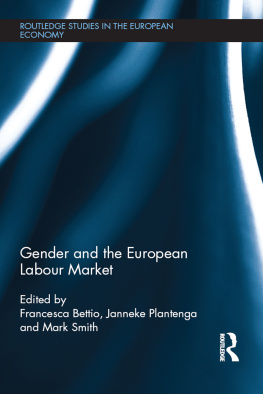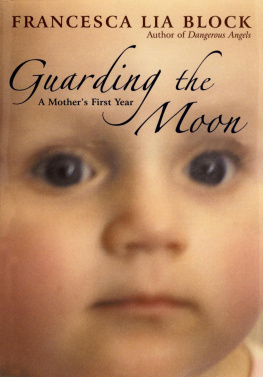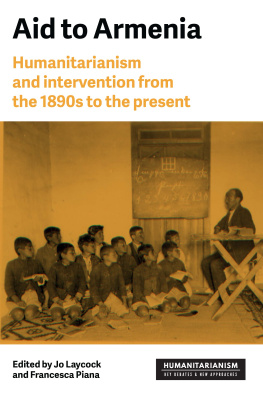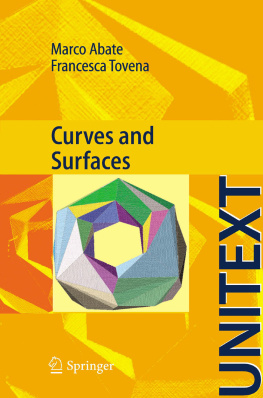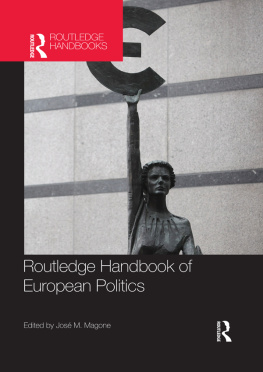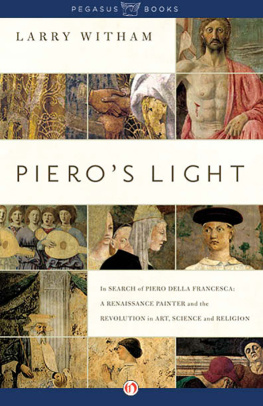With the fall of the Berlin Wall in 1989, which brought an end to the Cold War, the future looked bright as liberal democracy triumphed over communism. Yet today we seem to be entering another period of marked uncertainty: mass migration creates huge stress and major social divisions; religious fundamentalism paves the way for terrorism; transnational organizations and the benefit scramble challenge the State from above and below and also challenge institutions; the rise of China shifts the axis of global influence; the re-emergence of Iran upsets the regional equilibrium; Russian posturing and aggression threaten European security; globalization exacerbates the divide between rich and poor; and ongoing debt crises undermine growth and stability.
The fragility and volatility of the Middle East epitomized by the hopes and dreams of the Arab Spring quickly turning to despair and dismay are played out to a global audience, against the backdrop of a crisis of trust in governments and institutions that appeared long before the Brexit decision and the Trump presidency. For without trust, institutions fail, regimes fall and societies falter.
This is the backdrop for an emerging new paradigm in revolution. It is driven in part by communication. Advances in technology have played an important role in twenty-first-century revolution with instant connectivity (collapsing time and space), many-to-many messaging, and the ability to combine multi-media channels while simultaneously managing vast amounts of data and reducing costs. Traditional and digital media now grow and inform each other. The result has been an explosion in networks of trusts, the conclusion of which we have yet to see. Messages and images move virally and at an exponential rate along these networks; unconstrained within the digital world, they mirror and distort, support and challenge, shape and disrupt both the political mediascape and social attitudes. Underpinning all of this is a critical component: trust.
Research focus, significance, and originality
The present work traces and explores the interplay between trust and revolution. It aims to chart the changing nature and forms of trust against a parallel development in revolution. The underlying questions are: how do we comprehend a particular concept or idea, how was this understanding achieved and how has this influenced our awareness today?
Arguing that trust is a powerful lens through which to interpret revolution, the principal objective of this book is to trace the relationships and networks of trust in Western European revolutionary situations across the longue dure, from the Ancient Greeks to the French Revolution and beyond. The theoretically informed historical account draws on contemporaneous discussions and practices of trust and revolution. The initial chapters serve to highlight changes and contextualize trust in contemporary revolutionary situations. This evaluates the ways in which the two concepts have shaped the diverging trajectories of contemporary uprisings.
Few doubt the importance of trust; few doubt the significance of revolution. Although literature on both is widely available, they have yet to be combined in one study. No book-length historical study of the interconnection of trust and revolution exists to date. When mentioned at all, trust has been subsumed into the concepts of solidarity and collectivism; yet, at best, this deals with one facet of the interplay of trust and revolution. I have set out to contribute to the wider scholarship, by unpacking the multi-faceted meaning of revolution, and the changing nature and networks of trust embedded within Western society.
Methodological perspective, approach, and sources
This book employs historical methods. It sets out to excavate the concepts of revolution and trust across time and space, recognizing that they embody so much that they cannot be unambiguously defined. By marrying the history of ideas with a longue dure approach (as opposed to traditional, event-focused history found in much of the existing literature on revolution), the role of human agency is maintained. Furthermore, the concept of revolution lends itself to a focus on discontinuity; an objective of the book, informed by the longue dure, is to rehabilitate continuity so that it might apply to revolution as clearly as it does to trust.
Revolution is a prime candidate for such an approach, whereas a history of trust has yet to be written.
No study is without limits: it is beyond the scope and ambition of this book to provide a comprehensive and continuous history of trust and revolution. At most, the following discussion tours a familiar archipelago, comprising acknowledged inflections in both concepts. Using trust to focus on these perceived periods of change provides an alternative perspective on continuity and discontinuity. Drawing on primary sources, each chapter faces its own shortcomings: from the limitations of the literature available to the disjunction between the period and a teleological eye. It repeatedly raises questions of: who authored the source material elites, historians, theorists, or practitioners, and what were their intentions? All the time, we must minimize the risk of universalizing Western history as seen through Western eyes.
The remainder of this chapter justifies the approach taken with reference to the relevant literature outlined in the methodological sections.
La longue dure
I have set out to explore the concepts of revolution and trust across 2,500 years: from the Ancient Greeks and Romans to the contemporary revolutionary situation in Egypt. In so doing, I am using trust to analyse revolution at various periods and at different scales, a venture that differs markedly from traditional linear, cause-and-effect history. The latter is not the only way to approach such a task: in the words of Braudel, it is one which by itself can pose all the great problems of social structures, past and present. It is the only language binding history to the present, creating one indivisible whole. Its methodological shortcomings are addressed by drawing from, and carefully combining, the approaches of a number of theorists as outlined in the following paragraphs.
Braudels idealized multi-layered theory of time: of the longue dure (long-term), the conjuncture (medium-term) and episodic history (short-term) or Having fallen out of fashion, a return to the longue dure necessitates revision, especially in its conception of the structureculture relationship.
Another issue arises when an historiographical approach is applied to concepts: is it justified to speak of the longue dure of a concept if its meaning has changed significantly? What does continuity of a concept require?
Furthermore, by referencing Koselleck, who has fathomed the longue dure problem for conceptual history, revised forms of duration can be understood and applied. In so doing he frees the longue dure from the confines of Braudels naturalistic and structuralist method.
Repeated human activity and practices are underlined throughout this book. With it, different patterns of repetition are conceivable [as] certain phenomena may exist continuously or be interspersed by breaks, repetition may be desired, forced by external constraints or simply exist as a result of inertia. This approach can accommodate highly individualized situations: while composed of different layers of time, each moment may be interpreted as an instance of a broader trend such continuity, based on repetition, allows for variation and gradual change.


